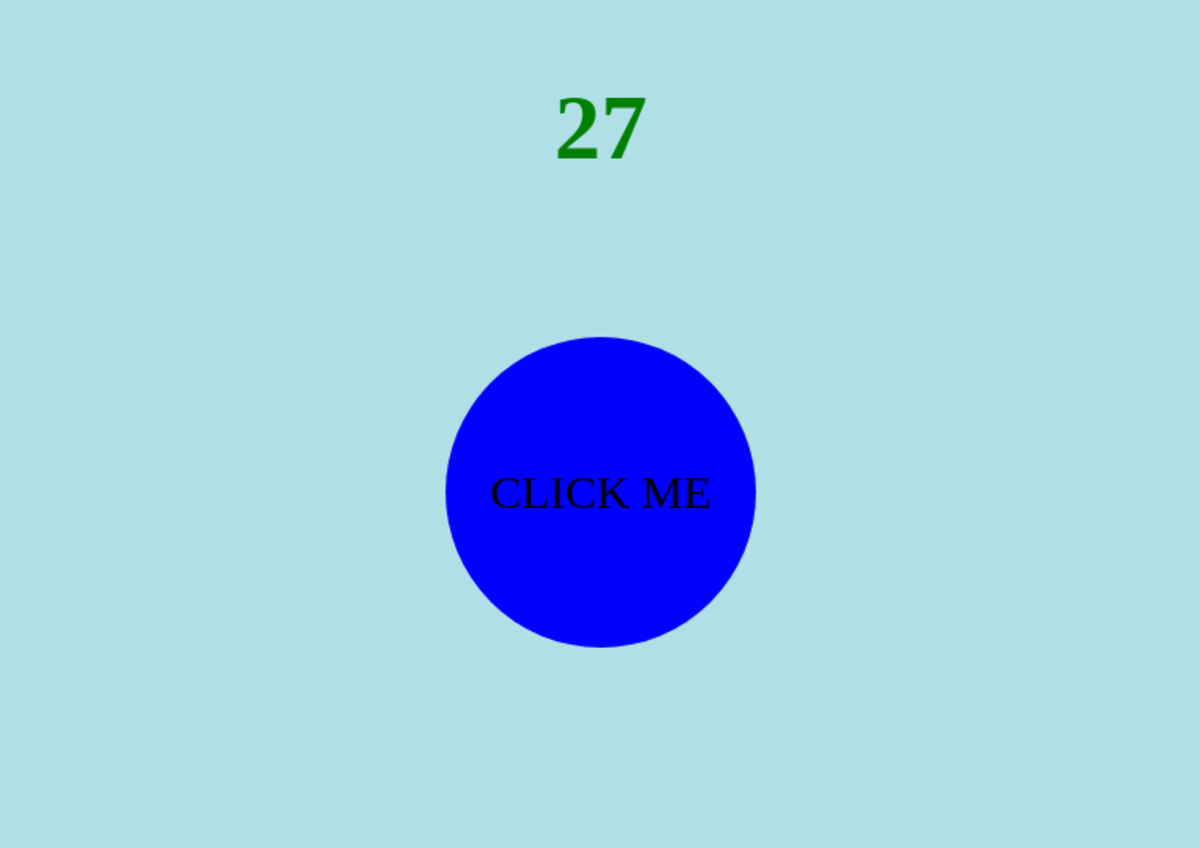Relative Positioning Leaves Blank or White Space on Webpage - CSS DIV Position
If You Want Your DIV Content To Layer Correctly, Relative to Its Coded Position, You Need A Different Approach
So, you create a DIV tag to wrap some content, and you use CSS, applied to the DIV tag, to make the content's position Relative, in the mistaken belief that:
- your content will simply move over to where you want it to be;
- other elements on the web page will fill the space where it would have been if you had not moved it over;
Instead:
- the content moves over;
- AND a big blank space is ALSO left where the content would have been if you had not moved it!
Perhaps you have already tried using Absolute positioning, but found that:
- this only places the content relative to the full browser window, and not relative to your content, creating havoc with the placement of your content when it is displayed in differently sized browser windows.
These are common problems.
The Relative positioning problem is inherent to the standard for displaying content using relative positioning. Believe it or not, despite many people having a very different "intuitive" grasp of how it should work, display of content using relative positioning is SUPPOSED to leave that frustrating block of space behind.
The Absolute positioning problem is a matter of scope ... you need a way to specify that you want your content placed relative to other content, not to the browser window.
Fortunately, there are solutions to these problems!
How to Get Content to Layer Properly Over Top of Other Content Using DIVs, CSS and HTML
I am creating this page because I had the exact same problems.
- If I used Absolute positioning, my content (a logo) would float relative to the top left corner of the browser ... but my main content was centered in the browser, and depending on the size of the browser window, the logo would be too far to the left or right.
- If I used Relative positioning, the logo would float relative to its original position, but it would ALSO leave behind a logo-sized blank space right where it would have been if I had not moved it.
So, how did I get the logo to behave? After a little (ok, a lot) of research into the matter, I finally discovered this solution:
- Give the DIV containing the content you wish to layer (in my case the logo) the property of position: absolute; and give it the desired offsets, such as top: 150px; left: 200px;
- Wrap the above DIV in an additional DIV, and give the outer DIV the property of position: relative;
- Do NOT (unless you need to for some other reason) offset the position of the outer DIV. The idea is that you need to nest an Absolute positioned DIV in this Relative positioned DIV;
- Now the content you wish to layer will have an Absolute position relative to the outer DIV, not relative to your browser window.
CSS Manuals, Tips & Tricks
This Is the HTML in Your Web Page
<div id="logo-wrapper"> <div id="logo"> <img src="logo.gif"> </div> </div>
This Is the CSS for Your DIV Tags
#logo-wrapper {
position: relative;
}
#logo {
position: absolute;
top: 175px;
left: 84px;
}CSS Notes
- Using the # sign in front of a CSS identifier applies the settings to all elements with that name. Thus the settings for the class #logo-wrapper apply to all DIV (and other) elements with the parameter id="logo-wrapper".






